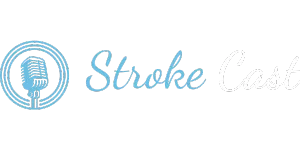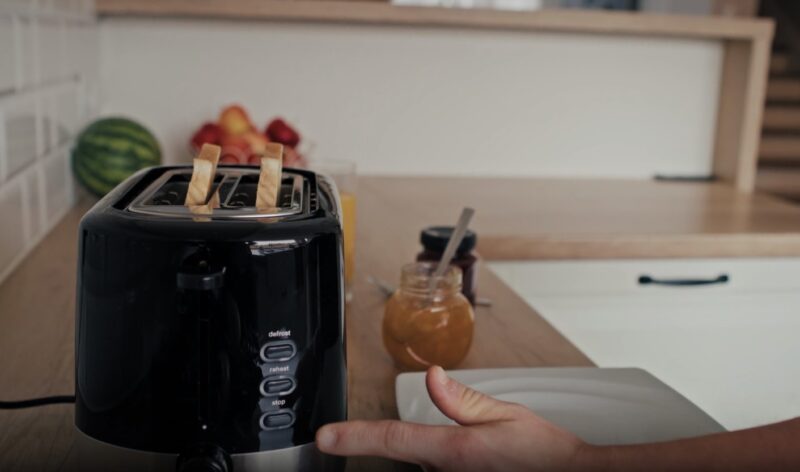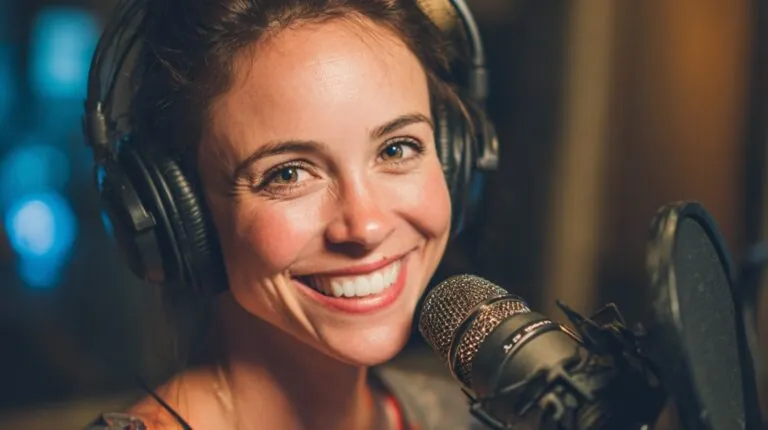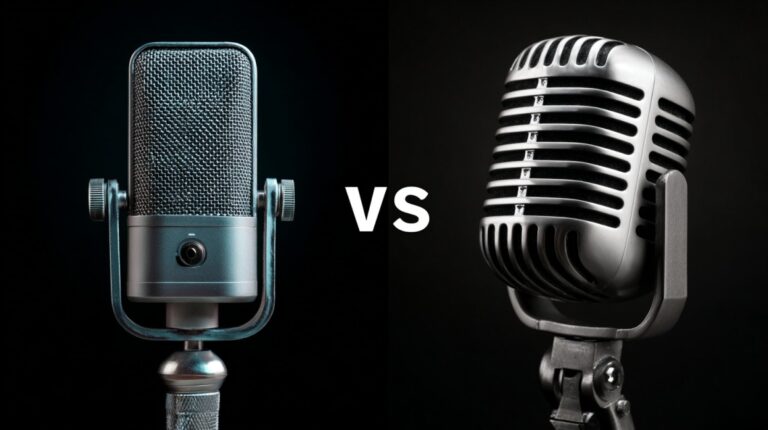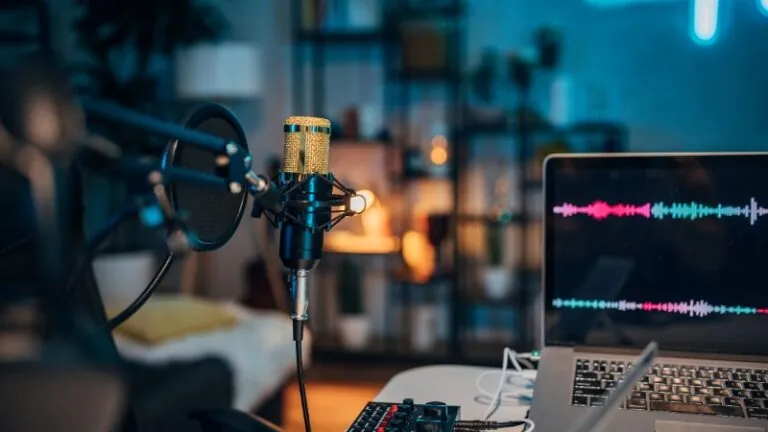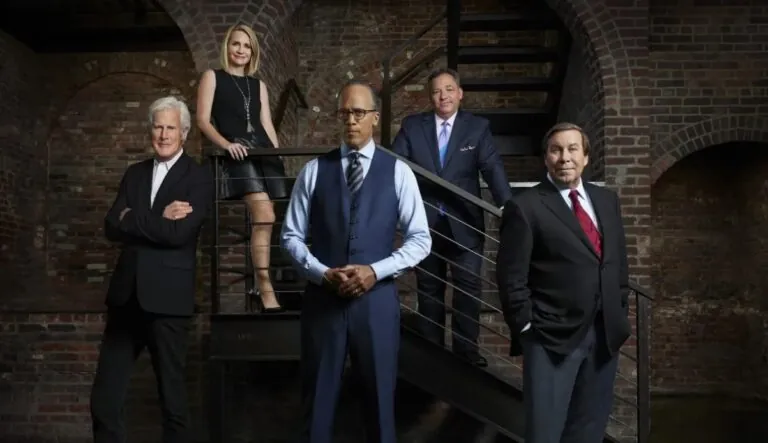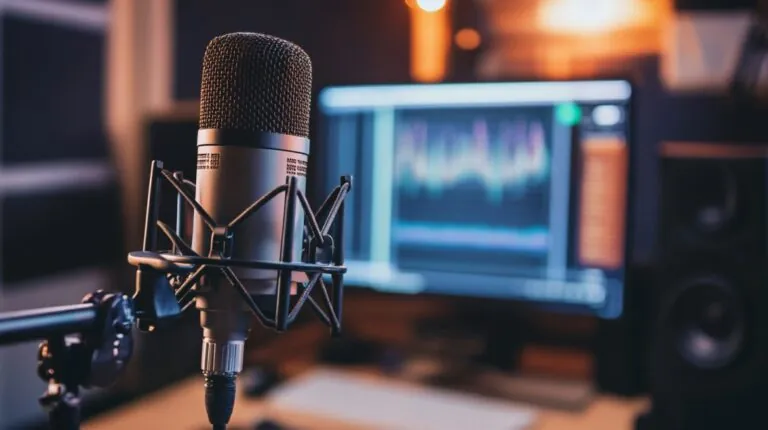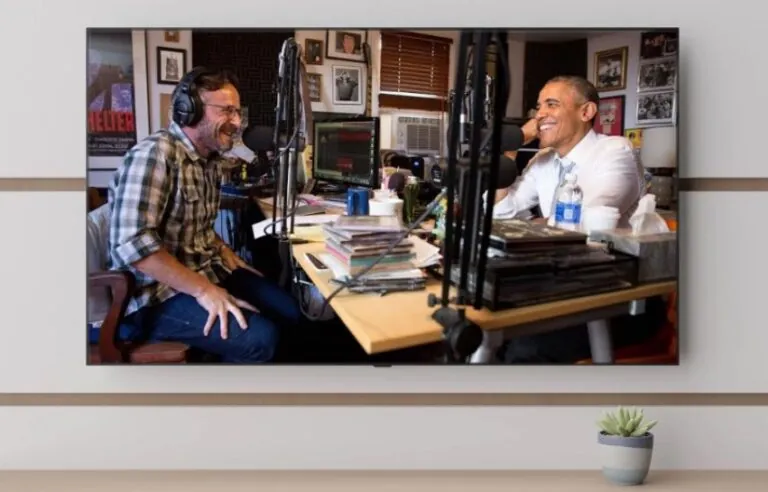The realm of pop culture is riddled with myths and misconceptions about health, particularly when it comes to strokes. These myths range from the bizarre—such as the belief that smelling toast is a sign of an impending stroke—to the dangerous misconception that strokes are exclusive to the elderly.
In this article, we’ll dissect these myths, uncover the truths, and shed light on the realities of stroke that pop culture often overlooks.
Table of ContentsKey Takeaways
The Toast Myth Expanded
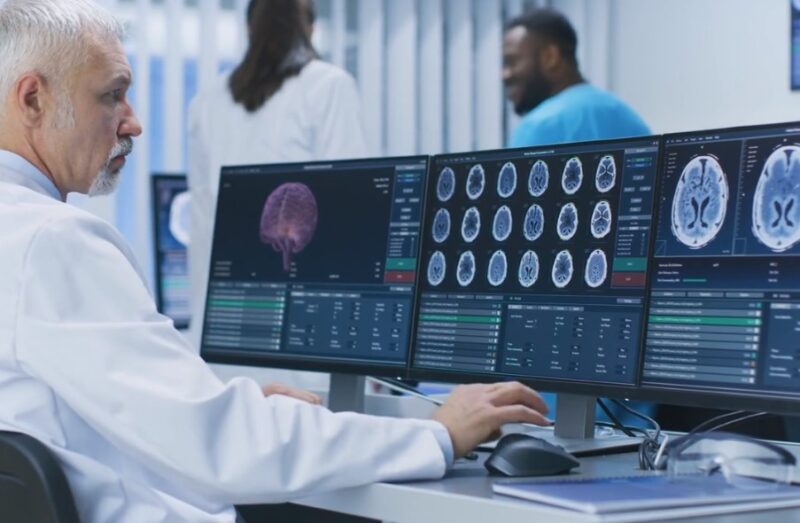
The myth that the smell of toast is a harbinger of stroke has woven its way into the fabric of pop culture, notably referenced in shows like “Archer.” This animated series, known for its irreverent humor and sharp wit, occasionally uses the toast smell as a comedic element to signal a health emergency.
Despite its prevalence in media and common lore, this peculiar association lacks any scientific foundation. Researchers and neurologists have found no evidence to support the idea that the aroma of toast is a symptom or precursor of a stroke, debunking this myth as a pop culture fabrication rather than a medical fact.
Misunderstanding Sensory Signals
The belief that a specific scent, particularly toast, could signal a stroke misrepresents how our sensory system operates. The human brain, not the nose, is responsible for processing smells.
This process involves the olfactory system converting chemical signals from the air into electrical signals the brain can interpret. During a stroke, when the brain may be compromised, patients can experience a range of unusual sensory phenomena due to the interruption of normal brain function.
However, the manifestation of these symptoms is highly individual, and the specific scent of toast is not universally or reliably reported among stroke patients. This highlights the importance of understanding the variability of stroke symptoms rather than relying on singular, anecdotal evidence.
Clarifying Phantosmia
Phantosmia, the medical term for smelling odors that aren’t present, is a condition that can arise from various neurological issues. While intriguing, phantosmia’s occurrence during a stroke is not sufficiently documented to serve as a reliable diagnostic tool.
Both the public and medical professionals need to rely on a broader spectrum of recognized stroke symptoms rather than anecdotal or pop-culture-propagated signs like the smell of toast. Educating the public on the comprehensive signs of a stroke is critical for prompt and effective stroke response and treatment.
Pop Culture’s Age Bias
The persistent myth that strokes predominantly affect the elderly is a significant misconception that pop culture continues to perpetuate. This stereotype is not only misleading but also potentially harmful, as it may lead to complacency among younger individuals who believe they are at a lower risk.
However, statistical data from healthcare institutions reveals that strokes do not discriminate by age—a significant number of stroke incidents occur in individuals younger than 65. This reality calls for a reevaluation of the common narratives surrounding strokes and who they can affect.
Stories of Young Survivors
The stroke survivor community is diverse, encompassing individuals across all age groups. From young children to adults in their prime, strokes can and do impact people far younger than the demographic traditionally associated with this condition in popular media.
Highlighting the stories of young survivors serves not only to correct misconceptions but also to raise awareness among all age groups about the risks and realities of stroke. Such narratives are vital for fostering a more inclusive understanding of stroke survivors’ experiences and challenges.
The Importance of Awareness and Advocacy
Raising awareness about the true breadth of stroke’s impact is crucial for early detection and intervention, which can significantly affect outcomes for survivors. By advocating for greater recognition of strokes across all ages, the community can help dismantle the age bias that obscures the reality of this condition.
Awareness campaigns and education can empower individuals with the knowledge to recognize stroke symptoms quickly and seek immediate medical attention, potentially saving lives and improving recovery prospects for survivors of all ages.
Invisibility in Media
The invisibility of stroke survivors in media narratives contributes to a lack of public awareness and understanding of the condition. Movies, TV shows, and other forms of entertainment rarely feature characters who have experienced a stroke, and when they do, the portrayal often lacks depth and authenticity.
This absence of representation reinforces the stigma surrounding stroke and disabilities in general, limiting the opportunities for empathy and understanding within the broader community.
Highlighting Authentic Representation
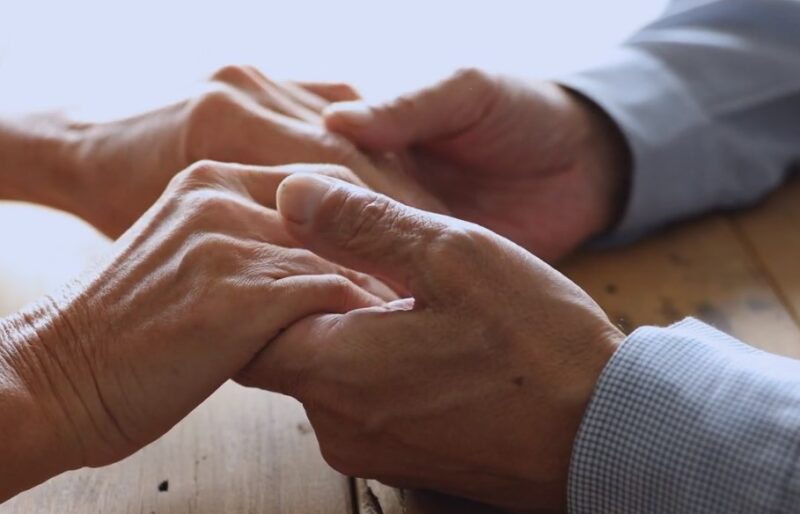
“Psych 2: Lassie Come Home” stands out as a commendable exception, offering a glimpse into the recovery journey of a character played by an actor who has personally experienced a stroke. Timothy Omundson’s portrayal of Carlton Lassiter brings a level of authenticity and insight seldom seen in pop culture.
Such representations are not only important for normalizing the experiences of stroke survivors but also for educating the public on the realities of living with the aftermath of a stroke.
The Need for Greater Visibility and Understanding
The entertainment industry has a powerful platform for shaping perceptions and fostering empathy. By including more authentic stories of stroke survivors and accurately depicting the challenges they face, the media can play a crucial role in demystifying the condition and promoting a more inclusive society.
Greater visibility for stroke survivors in pop culture can help to dispel myths, reduce stigma, and encourage a more nuanced understanding of stroke and its impact on individuals and families.
FAQ
Do all stroke patients experience the same symptoms?
No, stroke symptoms can vary widely among individuals. The common misconception that smelling toast is a universal sign is not scientifically supported.
Can young people suffer from strokes?
Yes, strokes can occur at any age, not just in older adults. Lifestyle factors, genetics, and certain health conditions can contribute to the risk.
Are there any movies or TV shows that accurately depict stroke recovery?
While media representation is growing, accurate depictions of stroke recovery are still limited. Increasing authentic representation is important for education and awareness.
How does stroke representation in media affect public perception?
Authentic representation of stroke survivors in media can help combat stigma, educate the public, and foster empathy, leading to a more informed society.
What is the impact of debunking stroke myths?
Debunking stroke myths is vital for raising awareness, ensuring early detection, and promoting better outcomes for stroke survivors by fostering a well-informed community.
How can individuals contribute to improving stroke awareness?
Individuals can contribute by educating themselves and others about the realities of stroke, advocating for accurate media representation, and supporting stroke awareness campaigns.
Final Words
The myths surrounding strokes in pop culture are not just harmless entertainment quirks; they have real-world implications. By debunking these myths and advocating for more accurate representation and awareness, we can change the narrative around strokes.
Pop culture needs to align with the truth, acknowledging that strokes can impact individuals of all ages and that survivors merit genuine and respectful representation. Together, we can make the realities of strokes as familiar as the myths used to be, creating a society that’s both more knowledgeable and compassionate.
